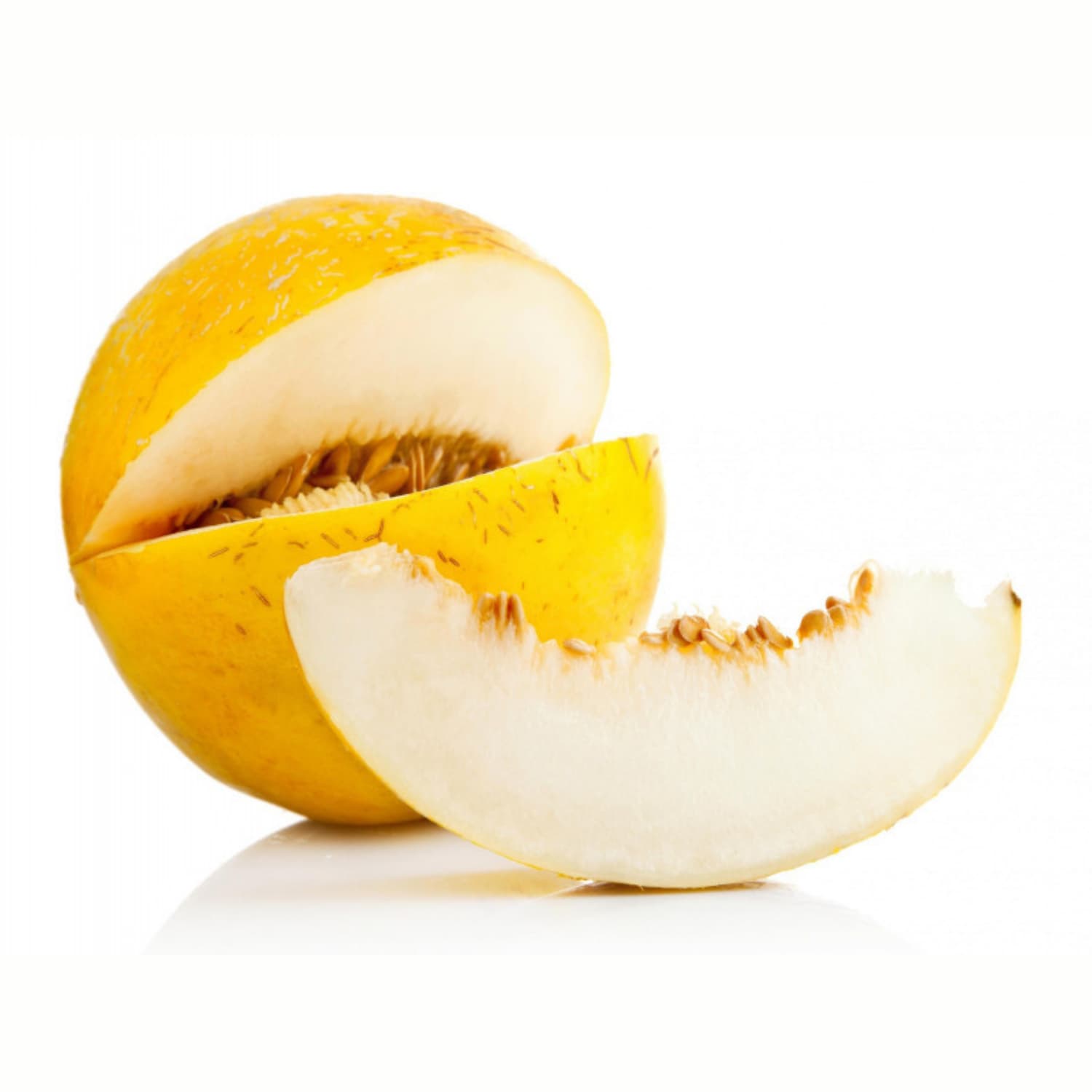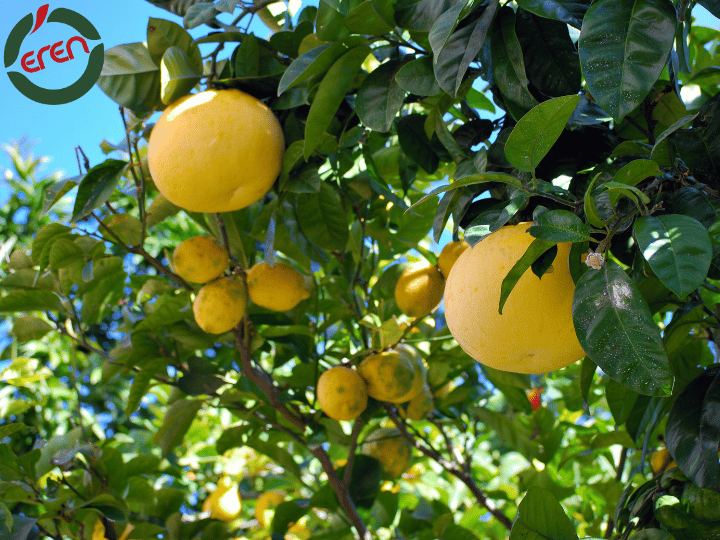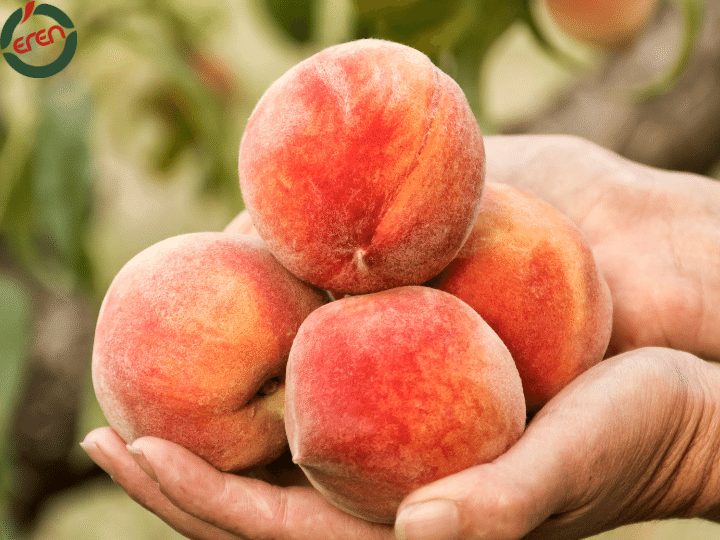Secrets to Growing the Sweetest Melons: Techniques and Tips
Melon cultivation is a vital agricultural practice worldwide. From the fertile fields of Europe to the arid regions of the Middle East, melons are prized for their refreshing taste and nutritional benefits. The varying climate and soil conditions across these regions significantly influence the sweetness and overall quality of the melons. Understanding these factors is essential for producing the most flavorful varieties, whether you are growing sweet melons commercially or in your home garden.

Melon Cultivation in Turkey
In Turkey, melon farming holds a special place in the agricultural sector. The country’s unique climate, with hot summers and fertile soils, provides ideal conditions for growing sweet melon types. Turkish farmers have perfected the art of melon cultivation over centuries, producing some of the most delicious and aromatic varieties in the world. Techniques such as selecting the right planting time, optimizing soil conditions, and employing efficient irrigation methods are crucial for achieving high-quality yields.
Steps to Grow the Sweetest Melons
Choose the Best Varieties
Selecting the right variety is the first step towards growing sweet melons. Genetic composition plays a significant role in determining the sweetness of the fruit. Some varieties naturally possess higher sugar content. It's advisable to choose types known for their high Brix ratings, which measure the sweetness level. A Brix rating of 12 is considered sweet, while a rating of 16 is exceptionally sweet. For example, Sakata Sweet Melon is known for its remarkable sweetness and aromatic flavor.

Plant Early
To ensure your melons reach optimal ripeness, start planting early. Begin indoors about six weeks before the last frost date to give seedlings a head start. This approach allows the plants to become well-established before they are transferred outside, where they can benefit from the warm weather. Timing is crucial; planting too early or too late can adversely affect growth. Understanding how to grow sweet melon involves mastering the balance of timing and temperature management.
Create Warm Microclimates
Maximizing heat exposure is key to growing sweet melons. Position them in locations where they can receive abundant sunlight all day long. Using black plastic mulch or row covers can help retain heat and create a conducive growing environment. This is especially important in regions with cooler climates, where additional warmth can significantly enhance melon sweetness. For instance, covering the soil in melon beds with garden-grade black plastic film traps heat much like an asphalt surface, benefiting the melons greatly.
Avoid Overcrowding
Melons need space to thrive. Plant them in well-spaced mounds to ensure each plant has enough room to spread its vines and absorb nutrients efficiently. Overcrowding can lead to smaller, less sweet fruits. Proper spacing also facilitates better air circulation, reducing the risk of fungal diseases. Typically, seedlings are planted on mounds spaced 2 feet apart in rows 6 feet apart. This spacing allows each plant to get enough sunlight and nutrients.
Enrich the Soil
Rich, well-fertilized soil contributes to the growth of lush foliage, which in turn enhances the fruit’s sugar content. Incorporate composted manure and organic fertilizers into the soil to provide essential nutrients. Some gardeners even plant melons directly into compost piles for optimal nutrient availability and warmth. Blending 4 to 6 inches of composted manure into melon beds prior to planting can significantly boost growth and sweetness.
Water Wisely
Consistent watering is crucial during the growth phase. Use drip irrigation or soaker hoses to keep the soil moist while preventing water from directly contacting the leaves, which can cause fungal issues. However, reduce watering as the melons near ripeness to avoid diluting the sugars within the fruit. During the final weeks of ripening, excess water dilutes the sugar content of the fruit. Thus, as the fruit approaches its full size, cutting back on irrigation is essential.
Harvest at Peak Ripeness
Harvesting melons at the right time ensures maximum sweetness. Indicators of ripeness include a sweet aroma, slight softness of the rind, and a hollow sound when tapped. Ideally, the fruit should detach easily from the vine, indicating it is ready to be picked. The fruit reaches its maximum sugar content when it naturally separates from the vine.
Insights into Melon Cultivation Techniques
Understanding how to grow sweet melon involves more than just the basic steps. Advanced techniques such as using mini-greenhouses or clear plastic row covers can extend the growing season and enhance sweetness. These methods trap heat and protect young plants from cold snaps, ensuring they thrive even in less-than-ideal conditions. Removing these covers during flowering ensures that pollinators can access the plants, while re-covering them later in the season helps with ripening.

Eren Tarım: Pioneers in Melon Cultivation
Eren Tarım, a leading name in the Turkish agricultural sector, excels in producing top-quality sweet melons. Their expertise in cultivating various sweet melon varieties is unmatched, thanks to their commitment to using sustainable farming practices and advanced agricultural techniques. From yellow sweet melon to white sweet melon, their produce is known for its exceptional flavor and quality.
Founded with a mission to enhance agricultural productivity and sustainability, Eren Tarım employs innovative techniques to cultivate sweet melon strains that meet international standards. Their commitment to excellence ensures that every melon harvested is a testament to their dedication and expertise. By integrating traditional methods with modern technology, Eren Tarım has positioned itself as a leader in the industry, producing melons that are not only sweet but also rich in nutrients.
Research Insights: Enhancing Melon Sweetness
Recent research in horticulture has shown that the application of certain organic fertilizers can significantly improve melon sweetness. For example, studies have found that fertilizers rich in potassium and magnesium enhance the sugar content in melons. These nutrients are crucial for the plant’s photosynthesis process, which ultimately impacts the fruit’s flavor profile.
Another interesting finding is the role of mycorrhizal fungi in improving melon sweetness. These beneficial fungi form symbiotic relationships with the melon roots, enhancing nutrient uptake and stress resistance. By incorporating mycorrhizal fungi into the soil, farmers can boost the overall health and sweetness of their melons.
Conclusion
Growing the sweetest melons requires a blend of the right variety, optimal planting conditions, and careful maintenance. By following these guidelines and leveraging the expertise of renowned producers like Eren Tarım, you can enjoy delicious, sweet melons that burst with flavor and nutrition. Whether you are a home gardener or a commercial farmer, understanding the intricacies of melon cultivation will help you achieve the best possible results.

 Лимон
Лимон мандарин
мандарин Aпельсин
Aпельсин Грейпфрут
Грейпфрут фрукты
фрукты Овощи
Овощи


